Understanding Flat Feet
Flat feet, medically known as pes planus, is a common anatomical condition where the arches of the feet are flattened. This leads to the entire foot coming into contact with the ground. While some individuals with flat feet do not experience any pain or discomfort, others may encounter issues such as overpronation, knee pain, and shin splints. Understanding flat feet is crucial for selecting the right footwear that provides adequate support and alleviates any discomfort.
According to the American Orthopaedic Foot & Ankle Society, around 20-30% of the population has flat feet. Many people with flat feet often overlook choosing the right shoes, leading to adverse effects on their overall foot health. A proper pair of shoes can make all the difference in fostering foot health, providing comfort, and enhancing everyday activities.
Why Proper Footwear is Crucial for Flat Feet
Choosing the right shoes for flat feet isn’t just about comfort; it can prevent severe injuries and long-term health issues. Flat-footed individuals often struggle with instability, which can lead to overpronation, where the foot rolls inward excessively. This condition can strain the ligaments and muscles of the foot, leading to painful conditions like plantar fasciitis and Achilles tendonitis.
When selecting shoes, look for features that promote arch support, cushioning, stability, and a proper fit. These elements help distribute weight evenly across the foot, reducing the risk of injury and enhancing overall comfort.
Characteristics of the Best Shoes for Flat Feet
Arch Support
Shoes designed for flat feet should have sufficient arch support to counteract the effects of the condition. This feature helps in redistributing pressure across the foot and stabilizing the ankle. Brands like ASICS and Brooks are known for their excellent arch support in running shoes.
Cushioning
Cushioned shoes absorb shock during running, walking, or standing for long periods. This is particularly crucial for flat-footed individuals who may experience additional stress on their feet. Look for shoes with gel or foam cushioning systems for maximum comfort.
Stability
Shoes with a stable design help control unwanted foot motion. Stability shoes often come with supportive features like a firmer heel counter and dual-density foam to reduce overpronation. Popular stability shoe brands include New Balance and Saucony.
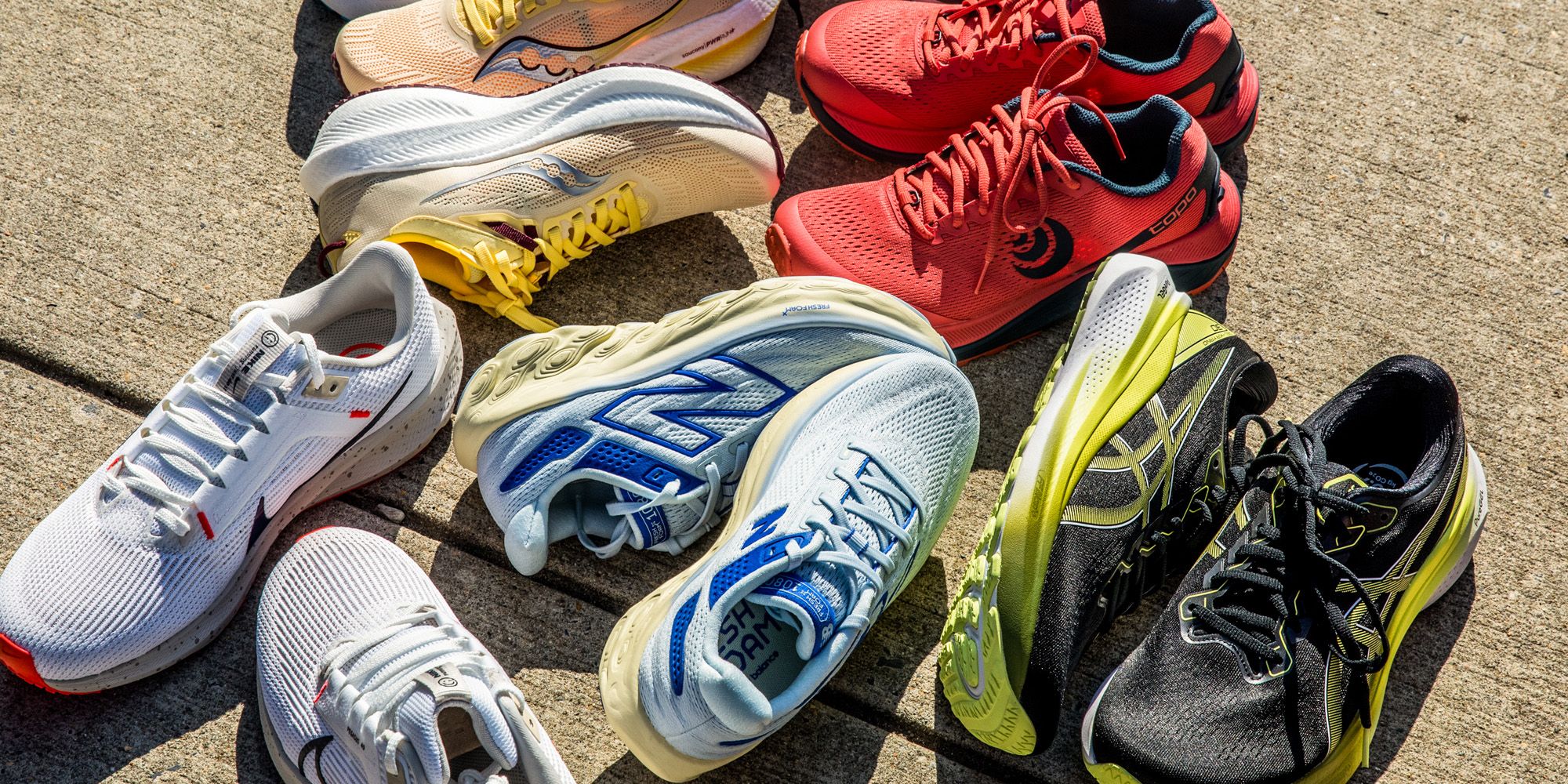
Fit
A proper fit is essential. Shoes that are too tight or too loose can cause pain and discomfort. Always measure your feet, and consider brands that offer a wide fit option if necessary. Additionally, trying shoes on later in the day (when your feet may be slightly swollen) can help you make a more informed choice.
Top 5 Shoe Brands for Flat Feet
Here are the top five shoe brands renowned for their excellent footwear options for flat feet:
| Brand | Key Features | Price Range | User Rating |
|---|---|---|---|
| ASICS | Excellent cushioning, arch support | $100-$150 | 4.5/5 |
| Brooks | Superior stability, plush cushioning | $120-$160 | 4.7/5 |
| New Balance | Wide fit options, custom orthotic friendly | $110-$150 | 4.6/5 |
| Saucony | Great support, durability | $100-$140 | 4.5/5 |
| Hoka One One | Enhanced cushioning, rocker sole design | $130-$180 | 4.8/5 |
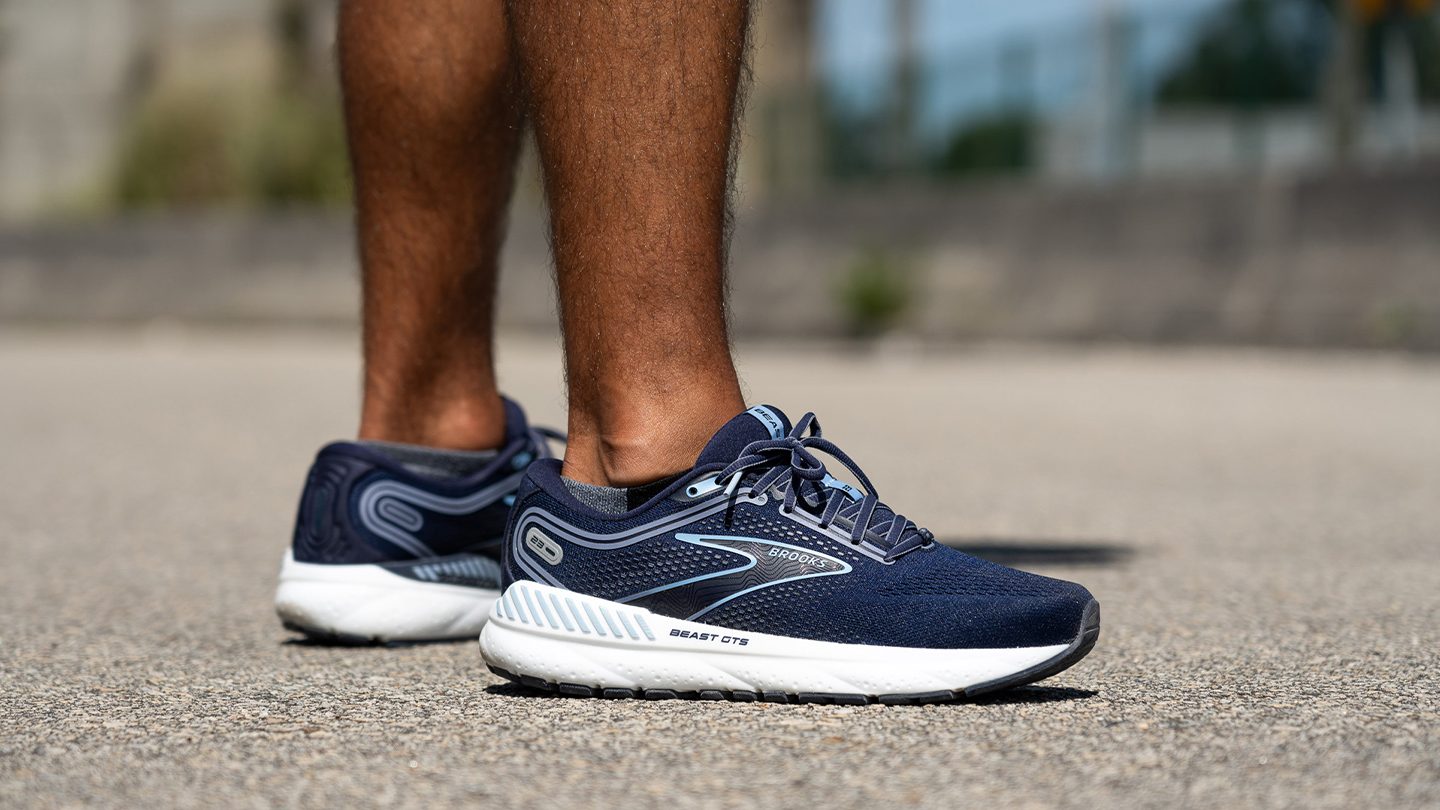
Case Studies: Real-World Experiences with Shoes for Flat Feet
Case Study 1: Maria’s Journey with ASICS Gel-Kayano
Maria, a 34-year-old teacher from Boston, struggled with flat feet pain for years. After consulting with a podiatrist, she was recommended the ASICS Gel-Kayano. The arch support and cushioning made a significant difference in her daily comfort. “I never thought I could wear heels again, but these shoes have transformed my experience,” Maria shared. She can now walk the school corridors without pain, illustrating the effectiveness of investing in quality footwear.
Case Study 2: David’s Running Experience with Brooks Adrenaline GTS
David is an avid runner from Los Angeles who suffered from shin splints due to overpronation caused by his flat feet. After changing to the Brooks Adrenaline GTS, he noticed a dramatic improvement. “The support I get is unbelievable. I’ve completed a few marathons now without any pain,” David reported. His experience emphasizes how the right shoe can enhance athletic performance for flat-footed individuals.
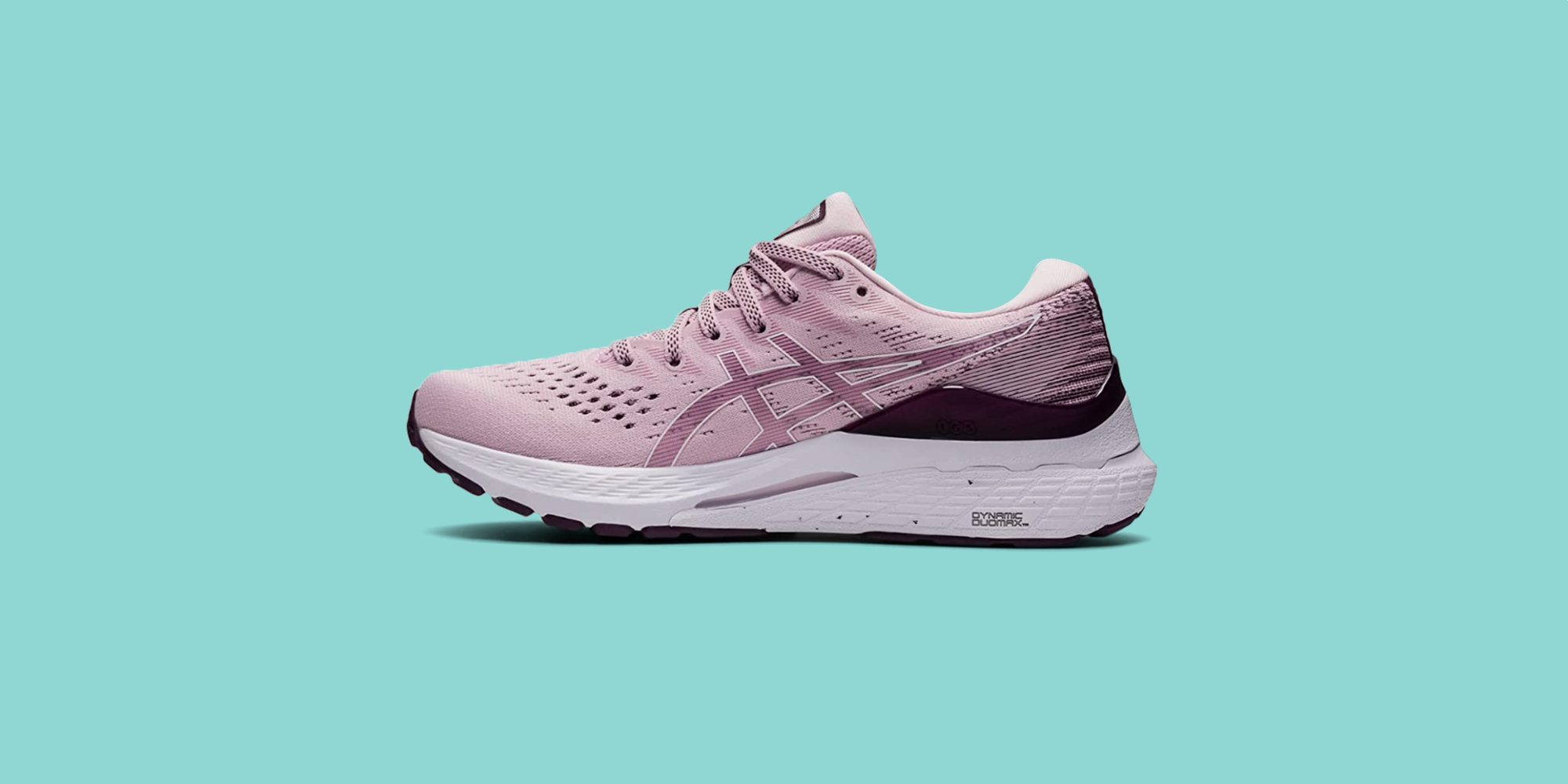
Comparison of Popular Models for Flat Feet
The following table compares some popular models specifically designed for flat feet:
| Model | Arch Support | Cushioning Type | Weight | Best For |
|---|---|---|---|---|
| ASICS Gel-Kayano 28 | High | Gel and foam | 10.5 oz | Daily running and long-distance |
| Brooks Adrenaline GTS 22 | High | DNA Loft technology | 10.6 oz | Stability running |
| New Balance 860v11 | Moderate | Fresh Foam | 10.9 oz | Everyday wear and running |
| Saucony Guide 14 | Moderate | PWRRUN | 10.7 oz | Long runs and stability |
| Hoka One One Bondi 7 | High | Thick EVA | 11.5 oz | Walking and casual wear |
Tips for Choosing the Perfect Shoe for Flat Feet
1. Get a Professional Fitting
Visiting a shoe store that offers professional fittings can provide you with valuable insights. Staff trained in footwear for flat feet will recommend suitable models and sizes based on your foot shape and characteristics.
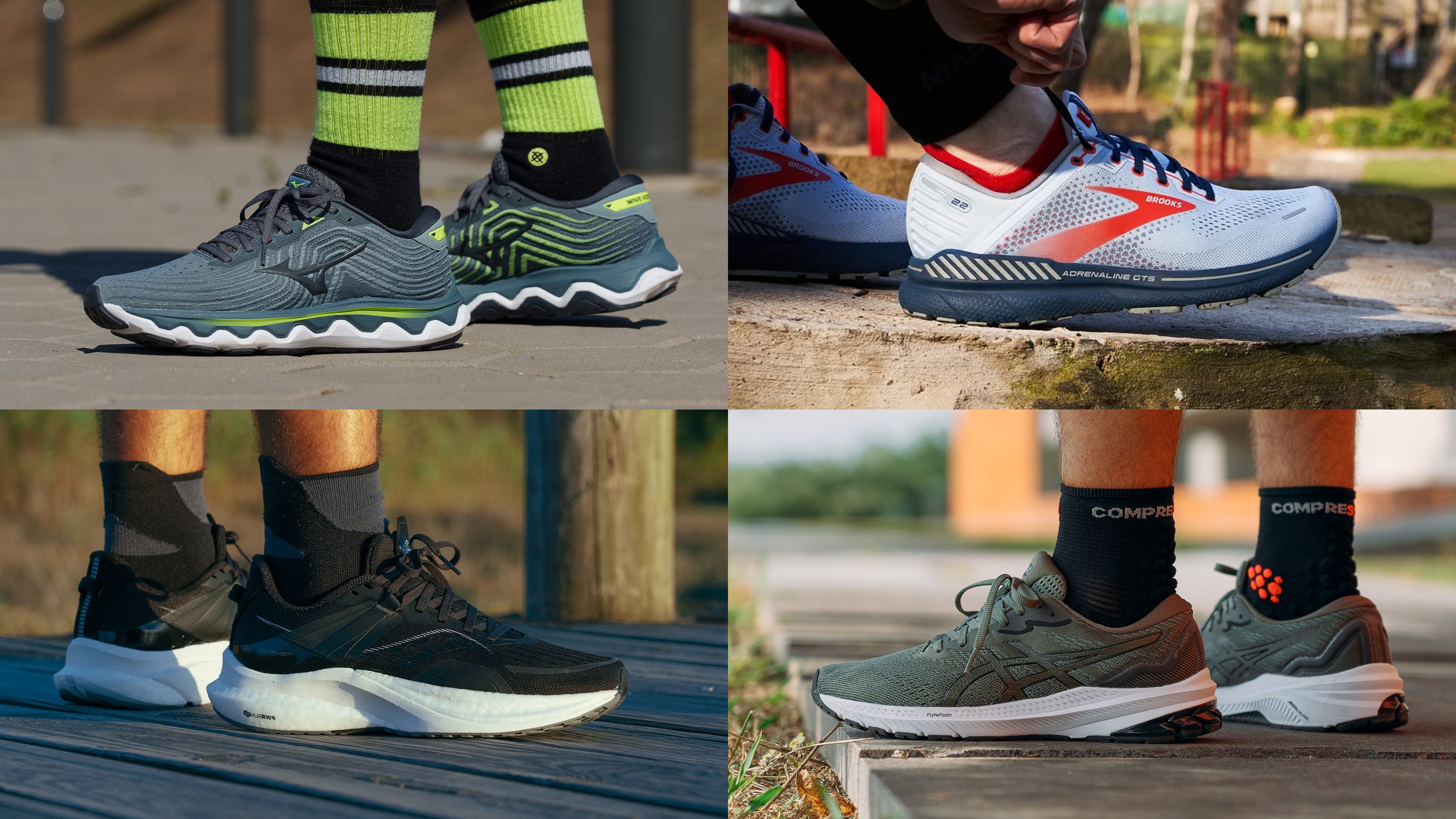
2. Look for Custom Orthotics
If over-the-counter shoes aren’t providing enough support, consider custom orthotics. These inserts can be tailored to fit your foot and address any specific issues related to flat feet.
3. Test Before You Buy
Always try shoes on in-store and walk around. Pay attention to how the shoes feel throughout your foot, particularly in the arch area. Testing multiple options will help you find the best fit and comfort.

4. Consider Your Activities
Think about how you intend to use the shoes. Shoes designed for running differ from casual walking shoes. Ensure you select a model that fits your lifestyle and intended activity.
5. Read Reviews
Before purchasing, read customer reviews and expert recommendations. Websites like Runner’s World or Athletic Shoe Reviews offer in-depth evaluations of footwear, and user experiences can provide further insights.
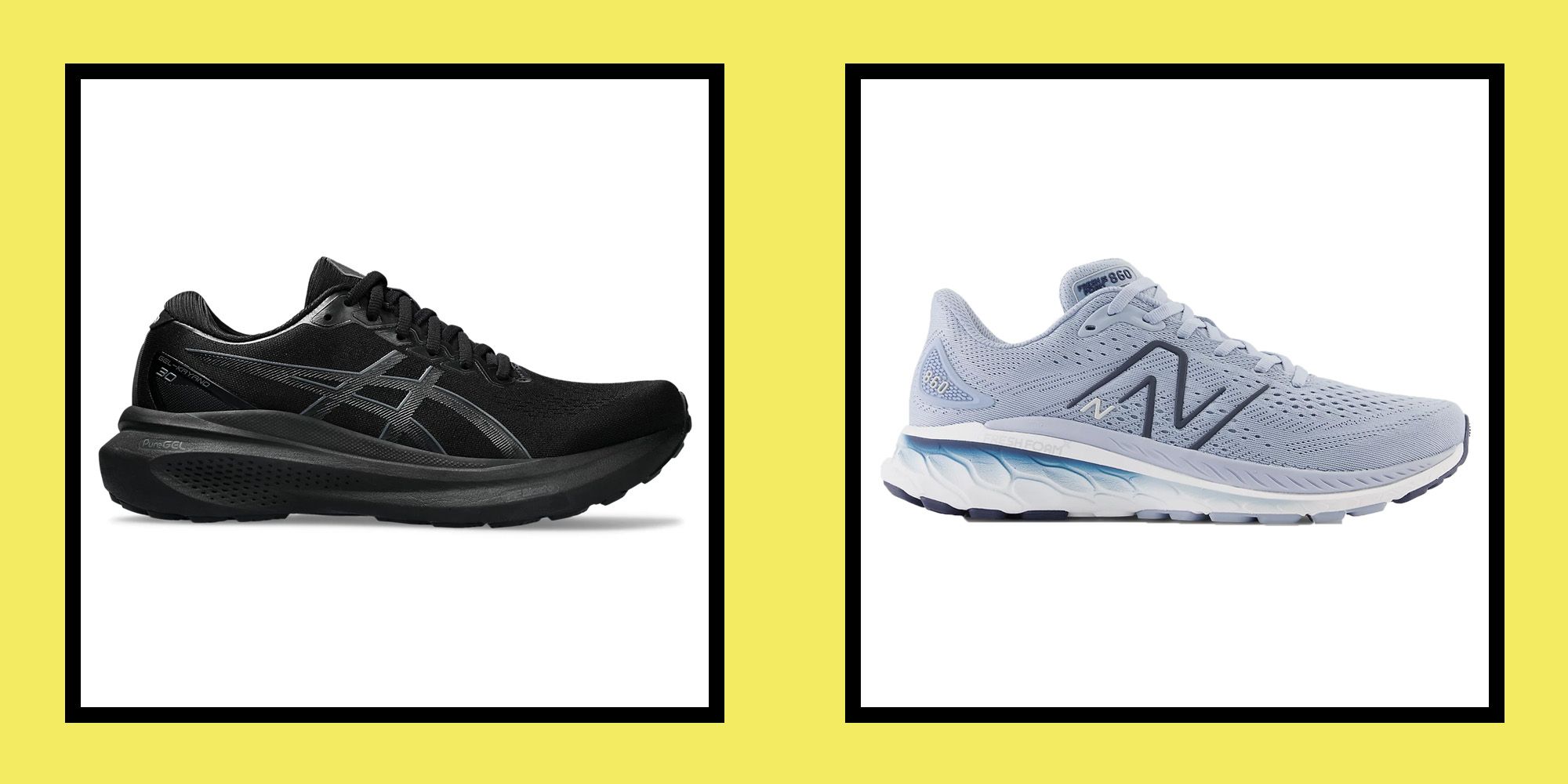
Frequently Asked Questions (FAQs)
1. What are the best types of shoes for flat feet?
The best types of shoes for flat feet include those with good arch support, cushioning, and stability features. Brands like ASICS, Brooks, and New Balance are highly recommended.
2. Should people with flat feet avoid high heels?
Yes, it is generally advised that individuals with flat feet avoid high heels, as they can exacerbate foot pain and instability.
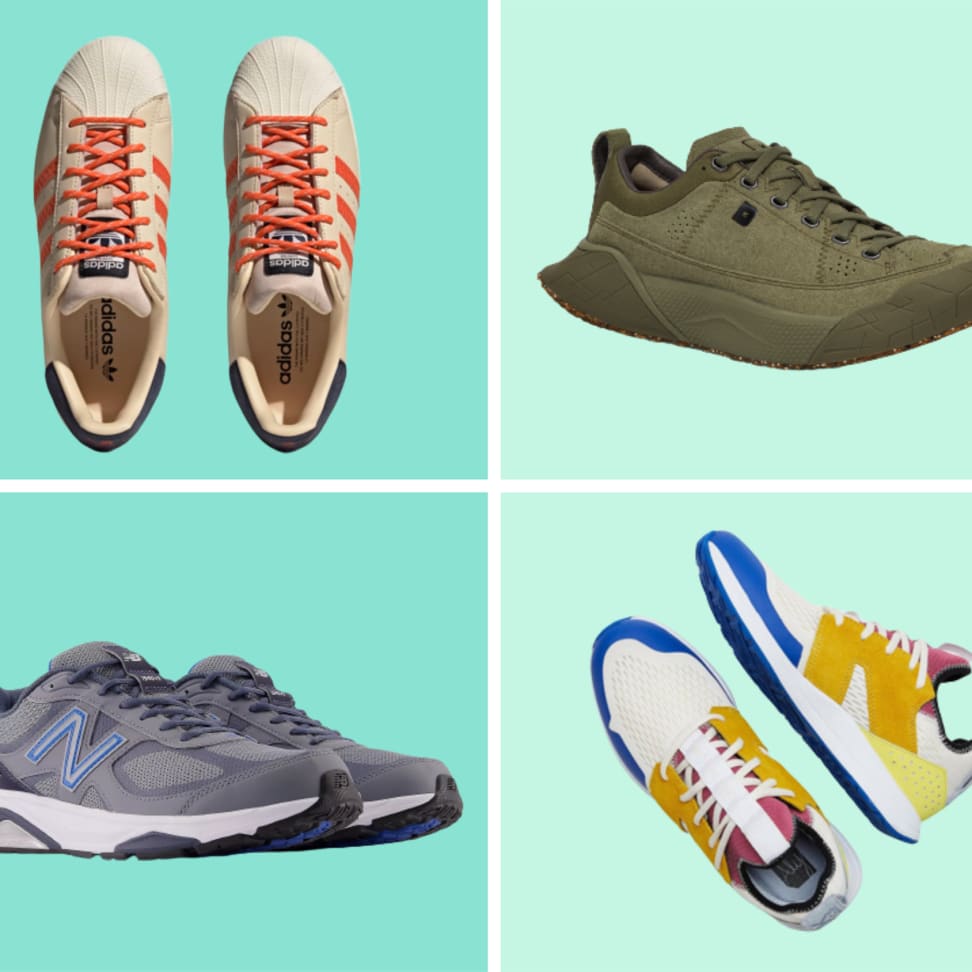
3. Are custom orthotics necessary for flat feet?
While not necessary for everyone, custom orthotics can provide additional support for those experiencing pain or discomfort from flat feet.
4. Do flat feet cause back pain?
Flat feet can contribute to back pain due to improper weight distribution and posture. Proper footwear can help alleviate these issues.
5. Can running shoes be used for everyday wear for flat feet?
Yes, running shoes with arch support and cushioning can be suitable for everyday wear, offering comfort and stability.
6. Do flat feet require wider shoes?
Some individuals with flat feet may require wider shoes to accommodate their foot shape comfortably, preventing pressure points.
7. Can flat feet be corrected with exercise?
While flat feet cannot be entirely corrected, strengthening exercises and stretches can improve foot function and reduce discomfort.
8. How often should I replace shoes for flat feet?
It is typically recommended to replace athletic shoes every 300-500 miles or approximately every six months, depending on use.
9. What is overpronation, and how does it relate to flat feet?
Overpronation is when the foot rolls inward excessively during walking or running, often associated with flat feet. Shoes with stability features can help control this motion.
10. Are there specific features I should look for in children’s shoes for flat feet?
Children’s shoes for flat feet should have good arch support, cushioning, and a snug fit to help promote healthy foot development.
11. Can I find stylish shoes that accommodate flat feet?
Yes, many brands now focus on creating stylish yet supportive footwear for flat feet, catering to both comfort and fashion needs.